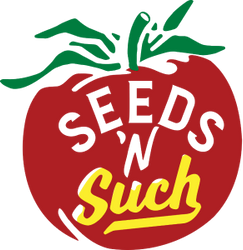
Preserve Summer Garden Bounty For Winter
Now that your summer garden is rewarding you with luscious, nutritious homegrown fruits and vegetables, and you’ve relished every juicy mouthful of that first tomato, these are the moments that easily convince us that our efforts to plan and plant a home garden are returned many times over by the bountiful healthy harvest we receive.
It’s time to pause and remember back to fall, winter and early spring, when you were diligently deciding what to plant and where, taking into account such factors as soil type and crop rotation to make certain this year’s plan was just right. Then there’s the priceless value of ordering and starting your own plants from seeds, versus buying plants at the box stores that are likely sprayed with numerous pesticides. And especially the last few years, many of these mass-produced plants are treated with “systemic” (actually absorbed into all the plant’s cells) neonicotinoids, known to be toxic to bees and butterflies.
But now it’s also time to think about how to capture and preserve some of this seasonal harvest of fruits and vegetables, especially those crops like tomatoes, peppers, beans, okra and squash that tend to be extra-prolific this time of year. Preservation possibilities, of course, include the most popular choices of canning and freezing, but recent trends have seen strong revivals for drying (dehydration), pickling and fermentation techniques as well.
Whichever method you choose, be certain to obtain and follow recommended guidelines and recipes to ensure food safety and capture every possible mouth-watering, flavor-filled bite. But also take care to capture and preserve all the available antioxidants and phytonutrients for maximum nutritional values. Our favorite fruit and vegetable nutritional guide—Eating on the Wild Side by Jo Robinson—notes that such crops as tomatoes, carrots and blueberries are much more nutritious when cooked rather than eaten raw. This book is equally helpful in helping us decide which crops to plant in our garden and how best to prepare and preserve our crops nutritionally.
